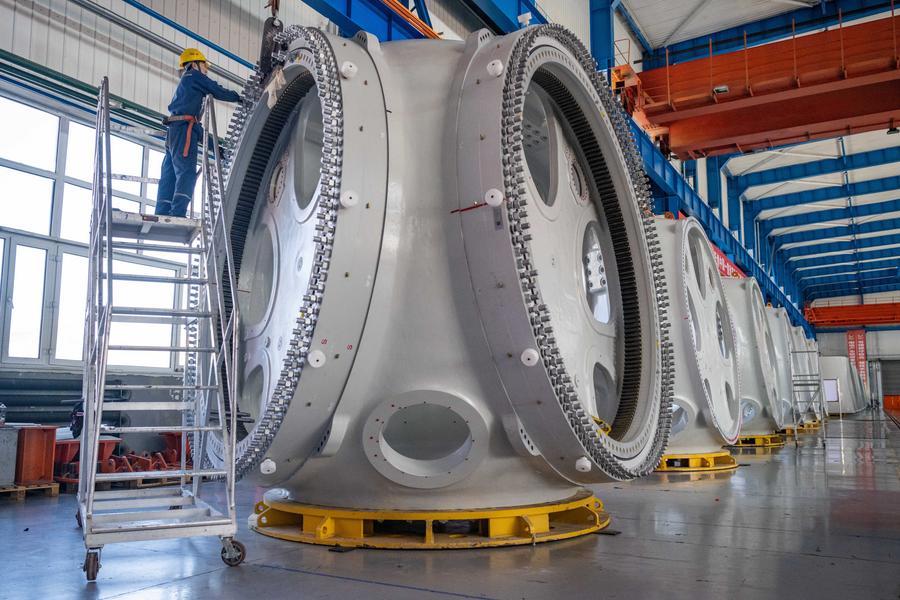
BEIJING - China's industrial output sustained stable growth in July with booming new growth drivers and strong exports.
The country's value-added industrial output, an important economic indicator, expanded 5.1 percent year-on-year in July, data from the National Bureau of Statistics (NBS) showed Thursday.
On a monthly basis, the industrial output edged up 0.35 percent in July from the previous month.
The industrial output measures the activity of enterprises each with an annual main business turnover of at least 20 million yuan ($2.8 million).
Addressing a press conference, NBS spokesperson Liu Aihua said that 80 percent of industries and nearly 60 percent of products registered year-on-year increases.
ALSO READ: China's GDP grows 4.7% in Q2
The equipment manufacturing sector contributed 2.4 percentage points to the entire industrial output growth, she said, adding that new growth drivers for the manufacturing sector are being strengthened.

Last month, the output of aerospace vehicles, electronic and communication devices, and computers and office equipment saw double-digit year-on-year increases, all outpacing June's growth rates. The output of unmanned aerial vehicles for civil use soared by 84.7 percent, and the production of new energy vehicles surged by 27.8 percent, Liu said.
The export delivery value of the industrial sector climbed 6.4 percent year-on-year in July, 2.6 percentage points faster than that in June.
The export delivery value of electronics reversed the previous downturn, and that of automobiles saw double-digit growth for eight consecutive months, Liu said.
Looking forward, she noted that the continued rise of emerging industries and future industries will provide more impetus for industrial development, which is conducive to steady industrial growth.
In the first six months, the combined profits of major industrial enterprises rose 3.5 percent year-on-year to 3.51 trillion yuan, the NBS data showed.
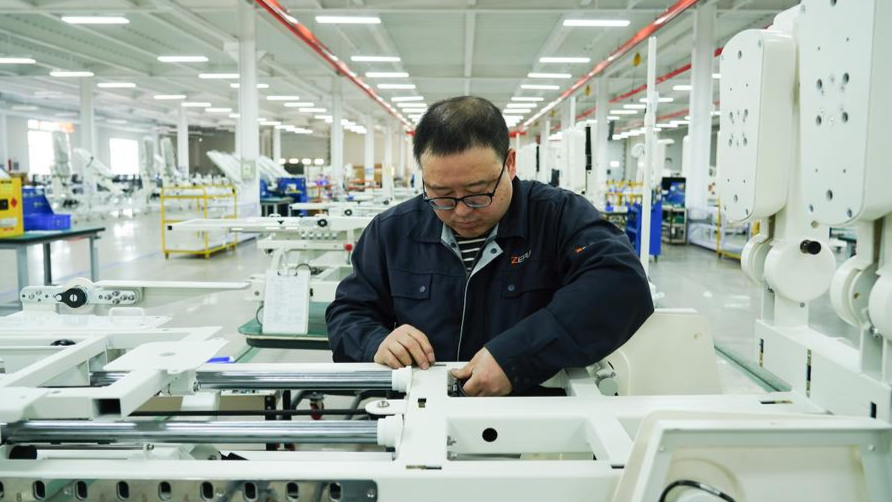
Fixed-asset investment
Meanwhile, China's fixed-asset investment rose 3.6 percent year-on-year to reach about 28.76 trillion yuan in the first seven months, the official data showed.
The fixed-asset investment in the private sector totalled 14.71 trillion yuan during the period, on par with the same period last year, the NBS said.
On a monthly basis, China's fixed-asset investment decreased by 0.17 percent in July.
In the first seven months, investment in the country's secondary industry registered the highest year-on-year growth rate of 12.5 percent among all three industries, the NBS said, adding that the total value of the investment stood at about 9.85 trillion yuan.
Investment in the mining and manufacturing industries increased by 19.3 percent and 9.3 percent year-on-year, respectively during the period. And that in electricity, heat, gas and water production and supply industry surged by 23.8 percent from a year earlier.
Looking at the investment by region, the growth rate of investment in the central region was 4.5 percent, followed by 3.2 percent in the eastern region, 2.6 percent in the northeastern region and 0.3 percent in the western region.
Investment by mainland-based enterprises increased by 3.4 percent and that by enterprises from Hong Kong, Macao, and Taiwan grew by 5.1 percent, the NBS said.

Retail sales
Meanwhile, the country's retail sales of consumer goods went up 2.7 percent year-on-year to nearly 3.78 trillion yuan in July, the NBS said.
The growth rate was 0.7 percentage points higher than that posted in June.
Last month, retail sales in urban areas came in at about 3.27 trillion yuan, up 2.4 percent year-on-year, with the corresponding figure for rural areas reaching 506.6 billion yuan, up 4.6 percent year-on-year, the NBS said.
The country's total catering revenue reached 440.3 billion yuan in July, increasing 3 percent year-on-year.
During the first seven months, retail sales rose 3.5 percent year-on-year to over 27.37 trillion yuan.
ALSO READ: China's cross-border e-commerce records exponential growth
Boosted by sales promotions and new e-commerce models, China's online retail sales went up 9.5 percent year-on-year during the first seven months, sustaining a relatively fast growth.
Online sales of physical goods increased 8.7 percent from a year ago, accounting for 25.6 percent of total retail sales during the period.
Services consumption stood out as a bright spot, with retail sales of services expanding 7.2 percent from a year ago in the first seven months, according to the NBS.
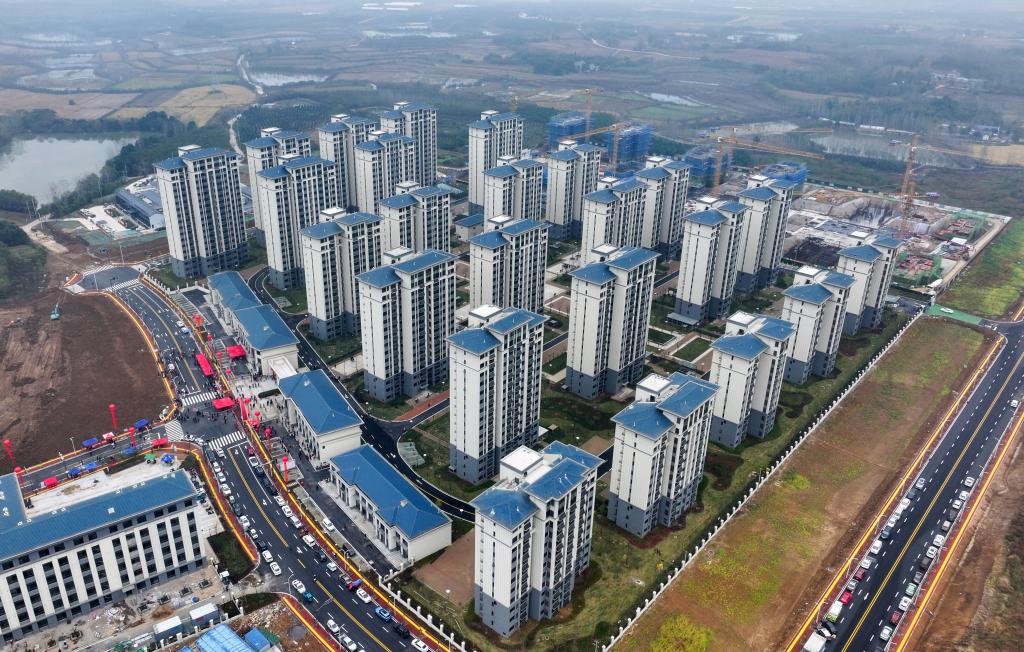
Home prices
For the property market, major Chinese cities saw home prices fall in July compared to the previous month, though the declines continued to narrow, aided by favorable policies, according to NBS data.
New home prices in China's first-tier cities, namely, Beijing, Shanghai, Guangzhou and Shenzhen, fell 0.5 percent month on month, unchanged from the previous month.
While those in the second-tier cities fell 0.6 percent month on month, with the decrease narrowing by 0.1 percentage points from the previous month, the NBS said.
Prices of second-hand homes in second-tier and third-tier cities both went down 0.8 percent in July, with the decreases narrowing by 0.1 percentage points from the previous month, the NBS data showed.
On a yearly basis, the decrease of China's home prices expanded slightly overall last month. However, the drop in sales prices for second-hand residential properties in first-tier cities continued to narrow, according to the NBS.
China is accelerating its formation of a new property sector development model and improving the housing supply system that includes both commercial homes and affordable housing, according to a State Council executive meeting held in June.
It has rolled out a slew of policies to bolster the real estate sector, including cutting minimum down payment ratios, abolishing the commercial mortgage rate floors for first and second homes, and establishing a re-lending facility that supports local state-owned enterprises to use those funds to buy commercial homes for affordable housing.
ALSO READ: Economists advocate direct support to consumers
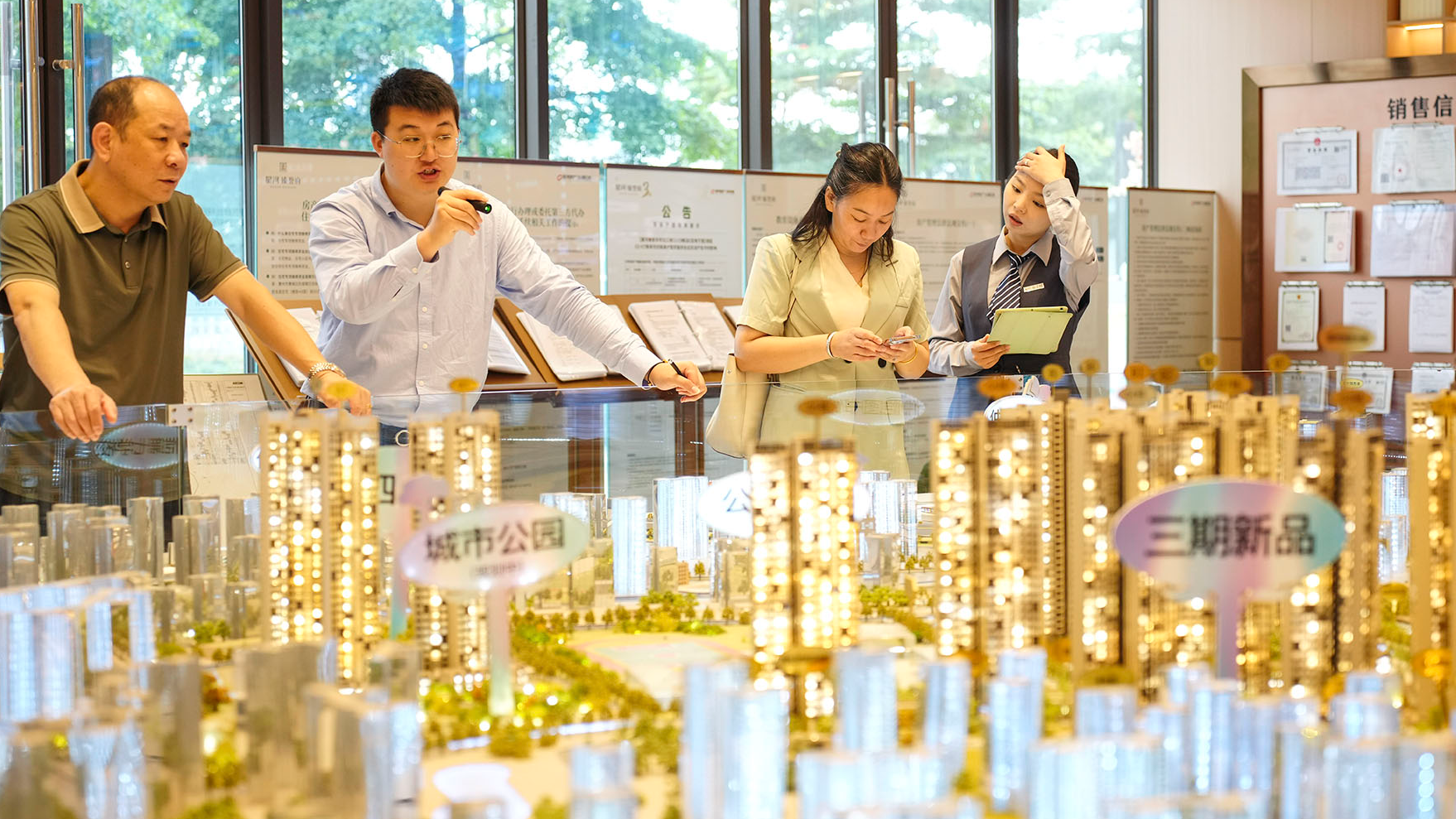
Thanks to the series of favorable policies, major Chinese cities are showing more signs of a warming housing market. From January to July, the sales area of newly built commercial housing decreased by 18.6 percent year-on-year, with the decline narrowing by 0.4 percentage points compared to the period from January to June, the NBS said.
Housing sales value decreased by 24.3 percent year-on-year, with the decline narrowing by 0.7 percentage points. Bolstered by policies like the white list mechanism, which helps cash-strapped developers access credit, the funds available for real estate development enterprises fell by 21.3 percent in July, with the decline narrowing by 1.3 percentage points.
In July, China took steps to boost its property sector by cutting the over-five-year LPR, which many lenders use to set mortgage rates, by 10 basis points to 3.85 percent.
At a key meeting held at the end of July, China pledged active support for the purchase of commodity housing inventory to be used as affordable housing to ensure stable and sound development of the country's property market.
China will continue to combine the digestion of existing inventory with the optimization of incremental growth in the property sector, NBS spokesperson Liu said.
It will further improve the work of ensuring the delivery of houses and accelerate the formation of a new model for real estate development, Liu added.
Service sector
In addition, China's service sector registered a faster recovery last month as warming domestic demand boosted activity in industries from transportation to culture and sports, official data showed Thursday.
The service production index increased by 4.8 percent year-on-year in July, quickening by 0.1 percentage points from the previous month, the National Bureau of Statistics said.
A breakdown, the sub-index on information transmission, software and IT services reported the most robust growth of 12.6 percent, followed by 9 percent for leasing and business services and 5.3 percent for transportation, warehousing and postal services. The financial sector index increased by 5.1 percent.
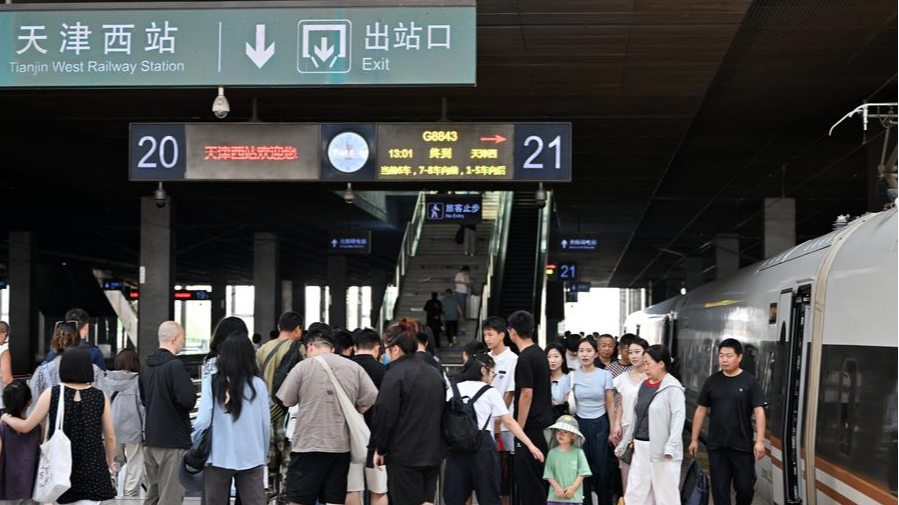
Data also showed multiple industries were at a high level of prosperity, including railway and air transportation, postal services, telecommunication, broadcasting and satellite transmission services, as well as culture, sports and entertainment.
China's service sector has reported vibrant growth since the start of the year as holiday travel booms boosted transportation and hospitality and more measures were rolled out to stimulate service consumption.
Railway passenger trips had exceeded 600 million by Monday since the summer travel rush began on July 1, NBS spokesperson Liu said.
Earlier this month, the State Council released a guideline to further develop consumer services and meet people's personalized and diverse needs. Efforts will be made to tap the potential of consumption in sectors such as domestic services, elderly care and education and foster new types of consumption like digital, green and health services.

Urban unemployment
China's job market remained stable in the January-July period as the surveyed urban unemployment rate dropped on a year-on-year basis, official data showed Thursday.
The average surveyed urban unemployment rate stood at 5.1 percent in the first seven months of this year, down 0.2 percentage points from the same period last year, the NBS said.
In July alone, the unemployment rate was 5.2 percent, up from 5 percent in June but still lower than 5.3 percent a year ago.
This year, Chinese government has stepped up efforts to ensure a stable job market, implementing measures to boost pro-employment policies, enhance job seeking services and support key groups such as college graduates and migrant workers.
READ MORE: China to prioritize employment policy reforms to support modernization
The employment situation will continue to be stable as the economy grows and rapidly growing new quality productive forces keep generating new professions and job opportunities, NBS spokesperson Liu said.
However, Liu also acknowledged that employment pressures persisted this year and structural problems remained prominent, vowing to prioritize youth employment and take stronger action to promote high-quality full employment.


